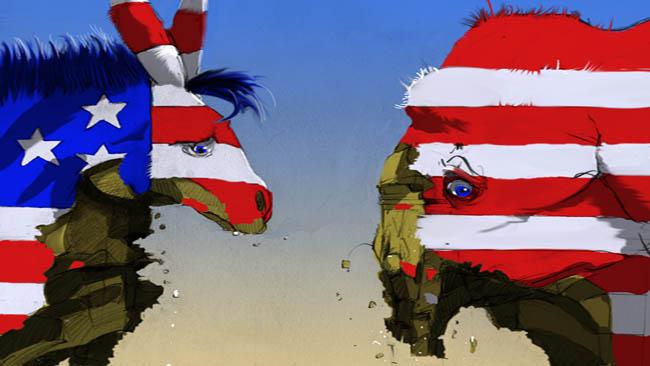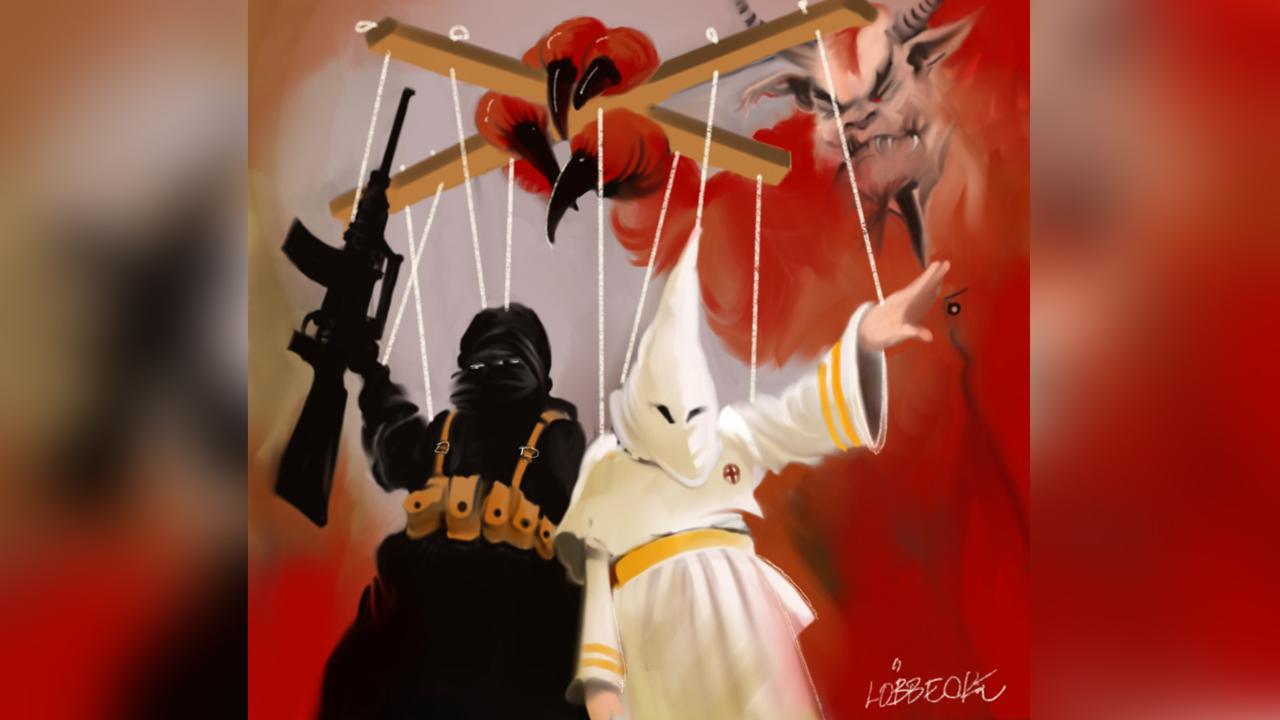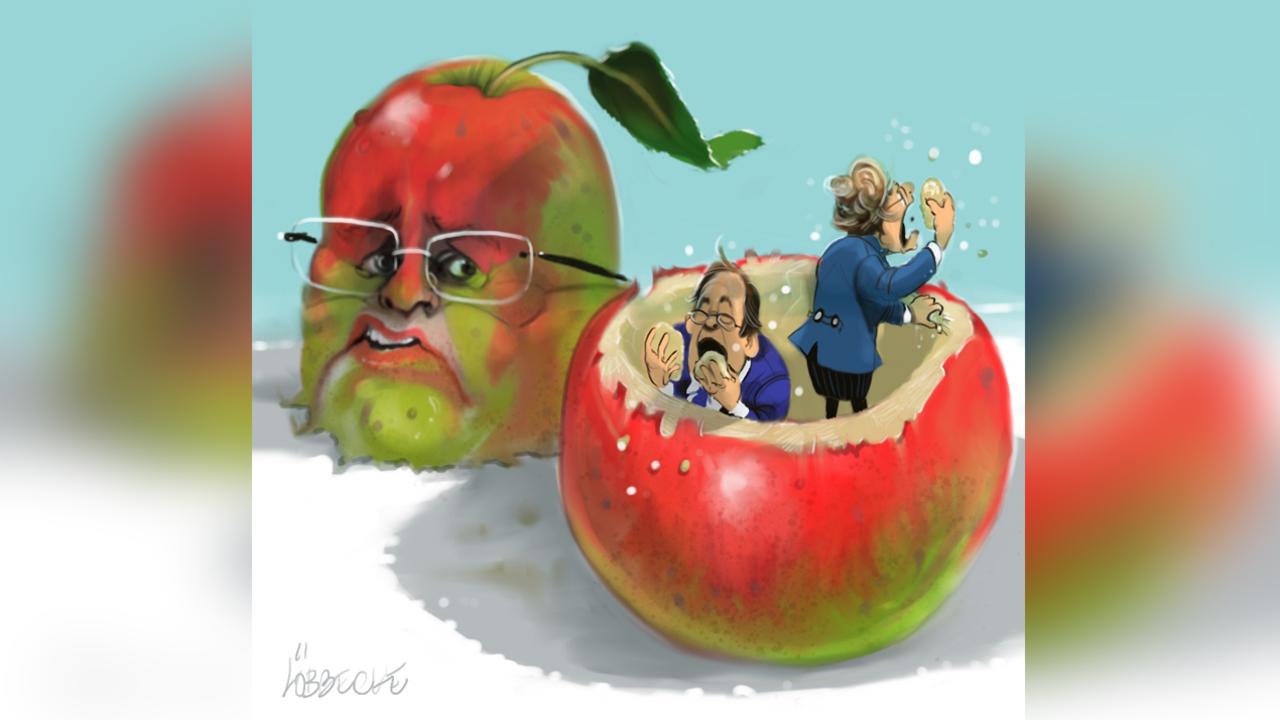
HISTORICALLY, American voters have responded less to the immediate state of the US economy than to recent trends: if the economy is improving, incumbents win. On that basis, Barack Obama should secure a second term in this week's vote. But whoever the next president may be, the US faces challenges its political system seems increasingly poorly placed to address.
The fundamental problem is simple: the US is living beyond its means. With government debt equal to 107 per cent of gross domestic product, its indebtedness is 14 per cent higher than the eurozone's. And even taking account of cyclical positions, its budget deficit is substantially larger than the eurozone's and is projected to decline more slowly. Given the scale of the accumulated shortfalls, the International Monetary Fund estimates reducing US government debt to 60 per cent of GDP by 2030 would require tax rises and spending cuts equivalent to nearly 20 per cent of GDP.
There is no painless way of achieving an adjustment of that magnitude. And the American political system, with its allocation of concurrent powers to each branch of government, seems ill-designed to make the tough choices involved. Indeed, it is precisely because the system is so much better at distributing gains than losses that so great a fiscal burden is being shifted on to future generations of Americans. But while that asymmetry is longstanding, political change has made it more acute.
At the heart of the difficulties lies the fact that American government, with its multiplicity of veto points, requires an ongoing willingness by political opponents to compromise. Traditionally, those compromises rested on bargains between conservative Democrats and liberal Republicans; but these political cross-dressers are a rapidly vanishing breed.
For example, in the 95th Congress, which was in office from 1977 to 1979, committed centrists accounted for one-third of each party's representatives. By the 108th Congress (2003-05), they had shrunk to 13 per cent of Democrats and 3 per cent of Republicans, or 8 per cent of the total. In the same period, the share in each party's most strongly polarised faction doubled.
That shift greatly exceeds the increase in polarisation in the American electorate as a whole. But it does reflect deepening fracture lines within the electorate's most politically engaged segment.
Placing replies to opinion polls on a 14-point scale from most liberal to most conservative highlights the extent of the change. In 1984, 41 per cent of voters were within one point of the centre, with only 10 per cent near the extremes. By 2004, the share at the centre had halved, while shares at the extremes more than doubled. The shift was even starker among those active in politics, with the most committed three times more likely to hold views at the extremes than those with low levels of political engagement.
At least from a statistical perspective, increased polarisation is associated with rising levels of education. Typically, better educated voters hold packages of views that have a higher degree of coherence than their less well educated counterparts, where coherence refers not to underlying logic but to opinions that are generally linked in political argument. More educated electorates therefore tend to sort themselves into groups with fewer points of ideological overlap.
But shifts in the educational makeup of Americans have not been large enough to explain the realignments that have occurred. Rather, at their core lies a deepening split between the major parties in terms of their popular appeal and composition.
Increasingly, the Democrats are a coalition between a host of identity and affinity groups that frame issues in terms of rights, going from the right to welfare to the right to gay marriage. In the nature of "rights talk", these groups are scarcely inclined to compromise: after all, those who oppose one's rights are not mere adversaries but oppressors. Partly in reaction, the Republicans increasingly attract those whose beliefs are threatened by "rights talk": most obviously, voters who are white, married and religious.
In the 1960s, for example, a majority of married white voters supported the Democrats; now, 60 per cent vote Republican. Equally, before the 80s, there was very little difference in party identification between religious and nonreligious white voters; today, barely one-third of religious white voters identify as Democrats. These differences, which persist correcting for education and income, are far more pronounced than those associated with social class; they imply odds of a married white religious voter identifying as a Republican that exceed 3 to 1.
The advantage that gives the Republicans is, however, offset by the shrinking share of their core constituency in the population. In the 50s, married white Christians accounted for 80 per cent of the American electorate; now, they are just over 40 per cent, while their share of voters under 30 has plummeted to below 20 per cent. And even prior to the Obama nomination, black voters were solidly identified as Democrats: John Kerry, for example, though not particularly popular, secured 90 per cent of the black vote in 2004. While that close identification dates back to the 60s, it has become entrenched with the emergence of a black middle class that depends relatively heavily on the continued expansion of the public sector: only 11 per cent of non-Hispanic whites in the top income decile are in government jobs; the comparable figure for blacks is twice that.
The result is a political system that is highly segmented, with that segmentation accentuated by rising geographical separation: largely as a result of population movements, the share of electorates that are marginal has more than halved since the 60s, with Republicans and Democrats each anchored in constituencies they dominate. The greatest risk an incumbent now faces is consequently that of an ideologically motivated challenge from within his or her own party, further discouraging the give and take on which American politics was traditionally built.
The outcome of this week's elections will do nothing to alter the gridlock this creates. Yes, the US remains the epicentre of technological excellence; and yes, the growing availability of shale oil could unleash a far-reaching reindustrialisation, partly at the expense of carbon taxed Europe.
But closing America's fiscal gap requires more: it requires the courage in the political system to impose costs, not just dole out benefits. Until the US finds that courage, its government will remain a threat to the prosperity of America itself and of the wider world.



